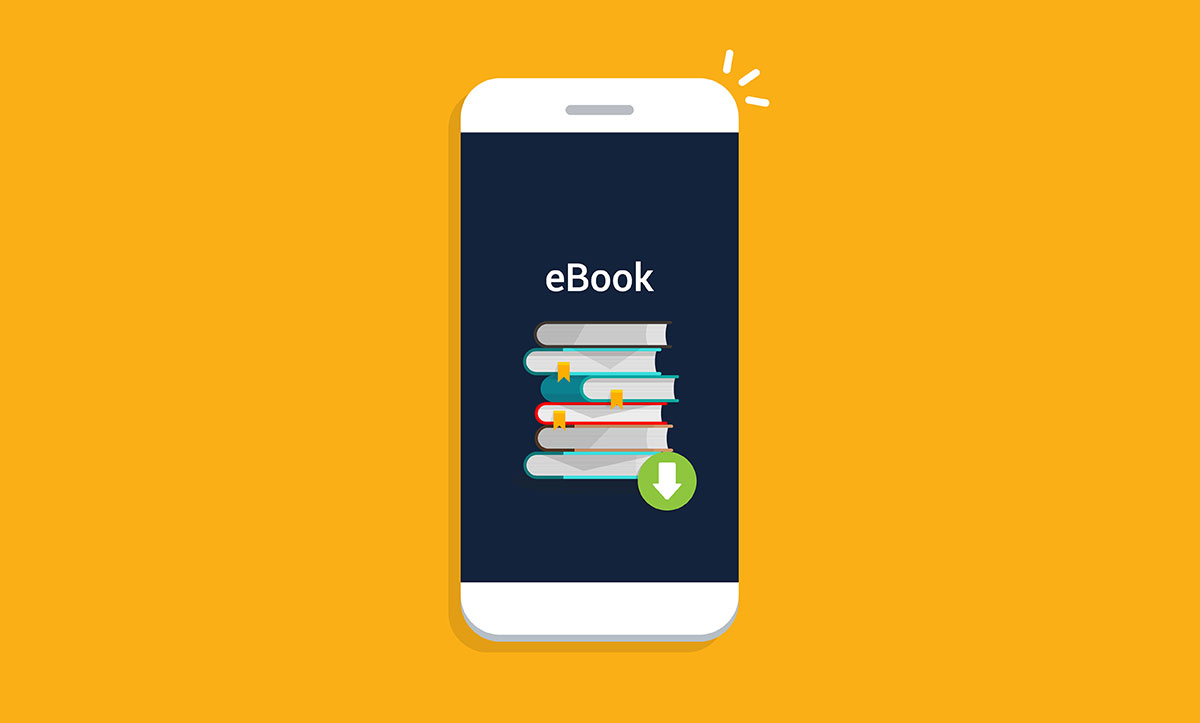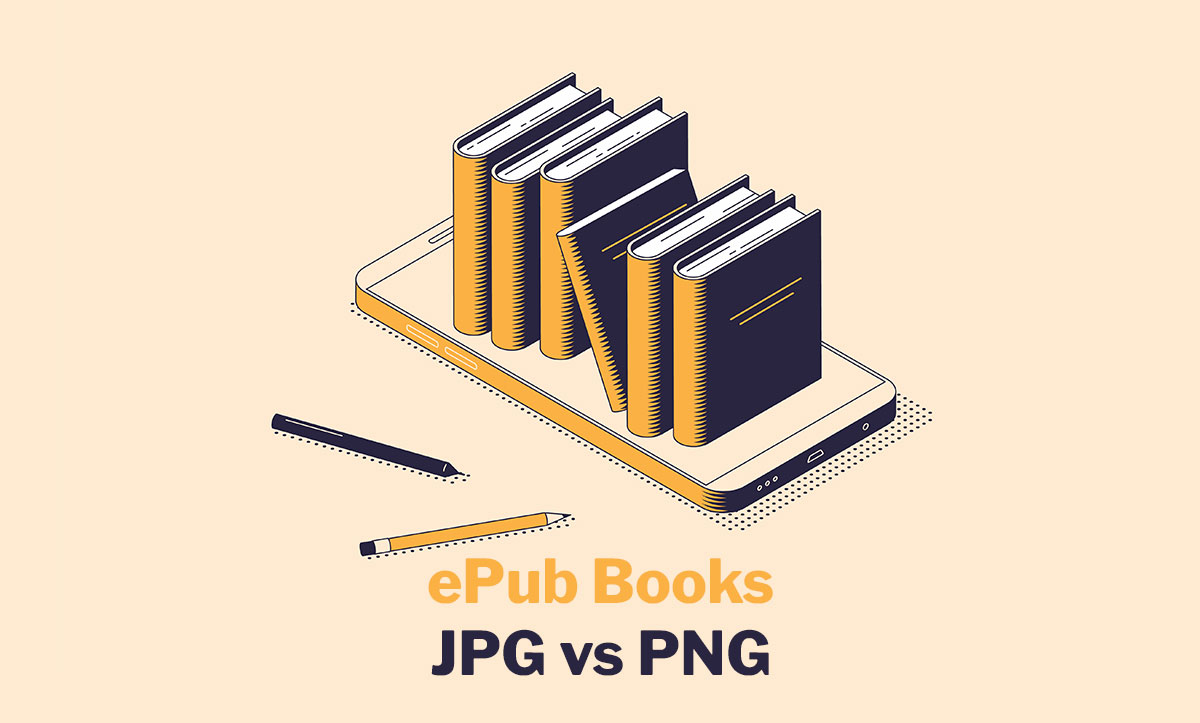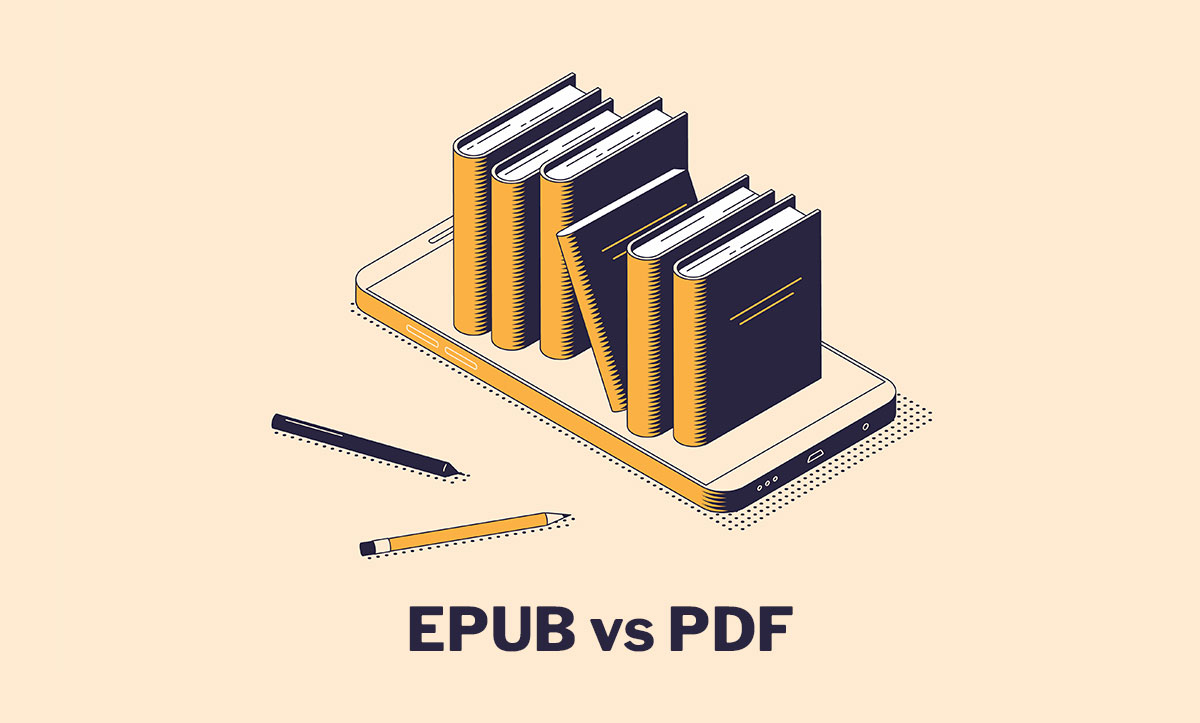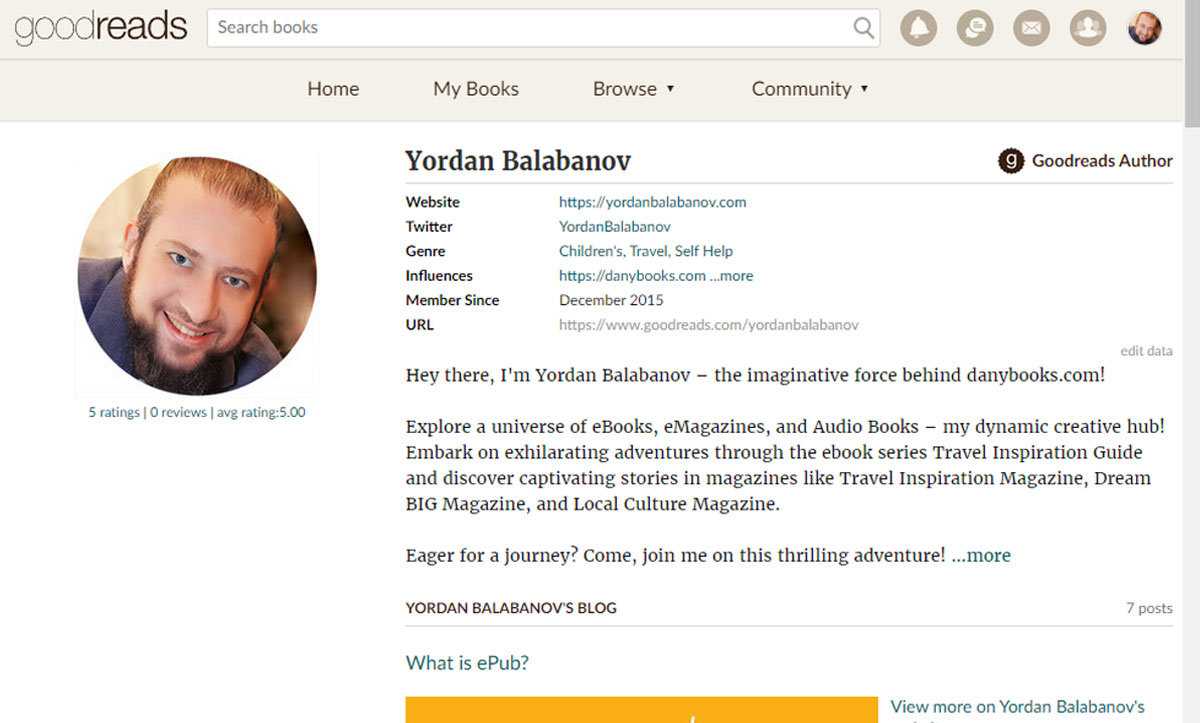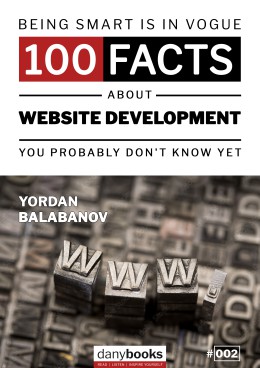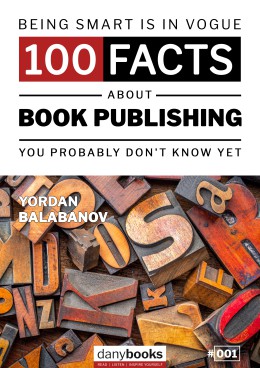ePub, short for Electronic Publication, stands as a beacon in the realm of digital literature. It's more than just a file format; it's a gateway to seamless reading experiences across a multitude of devices. Crafted by the International Digital Publishing Forum (IDPF), ePub is an open standard designed to ensure content adapts effortlessly to various screen sizes and orientations.
What is ePub?
Evolutionary Journey: ePub's roots trace back to the late 1990s Open eBook (OeB) standard, undergoing substantial refinement to emerge as the ubiquitous format it is today. Since its official debut in 2007, ePub has continually evolved, embracing technological advancements to enhance its capabilities and compatibility.
Technical Ingenuity: At its core, an ePub file encapsulates a treasure trove of HTML, CSS, images, and metadata within a ZIP archive. This ingenious structure not only streamlines distribution and storage but also ensures consistent layout integrity across diverse reading devices. Furthermore, ePub's support for scalable vector graphics (SVG) and MathML enables seamless integration of complex illustrations and equations.
Universal Compatibility: What sets ePub apart is its unparalleled compatibility with an extensive array of devices and platforms. Whether you're immersed in the Amazon Kindle ecosystem, traversing the Apple Books universe, or exploring third-party reading apps on your smartphone, ePub stands ready to deliver your literary adventures with unfaltering grace.
Advantages of ePub Format:
Adaptive Design: Unlike rigid formats such as PDF, ePub boasts responsive design capabilities, allowing content to gracefully adjust to varying screen dimensions and user preferences. Whether you're engrossed in a novel on your smartphone or indulging in a memoir on your tablet, ePub ensures an immersive reading experience tailored to your device.
Inclusive Accessibility: ePub champions inclusivity with a plethora of accessibility features, including text-to-speech, adjustable font sizes, and customizable color schemes. These provisions empower individuals with visual impairments or reading challenges to embark on literary journeys without barriers or limitations.
Interactive Enhancements: With support for HTML5 and CSS3, ePub transcends traditional boundaries, inviting readers to engage with interactive elements like multimedia content and hyperlinks. From educational eBooks enriched with immersive visuals to instructional guides enhanced with interactive quizzes, ePub elevates the reading experience to new heights of engagement and exploration.
Global Reach: Thanks to its open standard nature, ePub transcends linguistic and geographical confines, fostering the effortless distribution of eBooks in diverse languages and regions. Publishers wield the power to reach a global audience without succumbing to the constraints of region-specific formats or restrictions.
The Future of ePub:
As technology continues its relentless march forward, ePub stands poised to evolve in lockstep. With innovations such as color E-ink displays and augmented multimedia capabilities on the horizon, ePub remains at the vanguard of digital publishing. The recent merger of IDPF with the World Wide Web Consortium (W3C) underscores a steadfast commitment to innovation and standardization in electronic publications.
In summary, ePub format embodies the epitome of digital literature, offering unparalleled versatility, accessibility, and compatibility. Whether you're a publisher seeking to captivate readers, an author eager to share your story, or a reader embarking on a literary adventure, ePub remains steadfast as the cornerstone of a vibrant and ever-evolving digital landscape.
 EN
EN  BG
BG 
